It's very easy to twist the wrong way and damage your spine if you don't use proper form when lifting an object. Here's how to lift correctly: Stand as close to the object as you can. Use your legs rather than your back or upper body to pull up the item. It will help if you bend your knees so your arms are at the same height as the item. Keep your back straight. If the item is heavy, don't try to lift it yourself — get help.
2) Sleep tight:
Sleeping well is important to your overall health. Your body needs a good night's sleep to repair itself. Sleep on your side, not your stomach. Sleeping on your stomach puts too much pressure on your spine. Invest in a supportive mattress as well as a pillow that promotes proper alignment of your neck. Be sure to turn your mattress regularly so that it wears evenly.
3) Stretch out:
Keeping flexible helps maintain normal joint function and a good range of motion. It also reduces the risk of injury." Many back pain problems are caused by tight hamstrings — muscles in the backs of your legs. If your hamstring muscles are tight, they will pull on the bottom of your pelvis and encourage it to rotate backward. "This can then create postural changes and put added stress on the entire spine and its articulations. If you start your day with a few good stretches, it will not only be invigorating, but also will promote your spinal health.
4) Stay active:
Whether you make regular visits to the gym, walk, bike, swim, or play with your kids, staying active and keeping your body moving helps maintain the health of your spine. The best exercise routine for your back and neck is one that combines stretching, strengthening, and aerobic activity. Exercise also helps you to lose weight or maintain a proper weight. Being overweight, especially if you have belly fat, can put added stress on the muscles, ligaments, and tendons in your lower back.
5) Stay hydrated:
Staying hydrated is important to maintaining soft tissue elasticity and fluidity in joints. Our intervertebral (spinal) discs are vulnerable to loss of hydration and can begin to lose height. As the discs begin to shrink, you are more vulnerable to painful disc conditions such as bulging or ruptures. In addition, as the spine begins to lose its protective padding, it further contributes to the loss of structural health.
6) Work smart:
Proper ergonomics can help reduce a lot of stress on both the lower and upper back, thus reducing the frequency of conditions ranging from stiff back and headaches to carpal tunnel and sciatica. Make sure your workspace — whether a laptop, phone, computer desk, or even your car — is set up for your height and functionality. Choose a chair that provides back support. Your knees should be at 90 degrees and your feet should rest comfortably on the floor. Never cradle your phone between your ear and shoulder. Hold your phone to your ear or use a headset to avoid neck pain. Also, plan regular breaks. Staying in one position for too long will cause back muscles to tighten up and become immobile. Plus, a short break is good for your mental health and productivity.
7) Pay attention to any warning signs.
Don't ignore spinal problems or pain. Although it is common to have back pain once in a while, it can indicate a more serious problem. Left untreated, problems with your spine can worsen and become quite serious. "Listen to what your body is telling you,”. "Don't overdo it at the gym or at work, or self-medicate for a problem. Seek professional care to learn about your spine and the correct treatment for your symptoms."
Build these tips into your daily routine and you can avoid a lot of common back and neck problems.






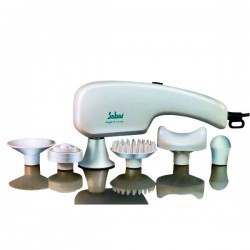

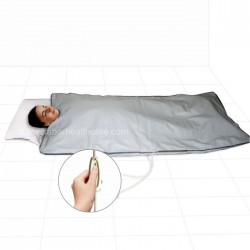
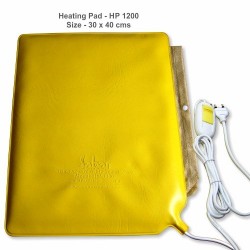



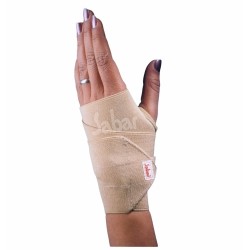
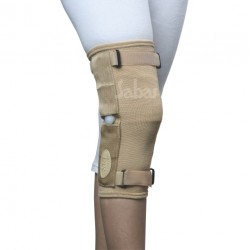

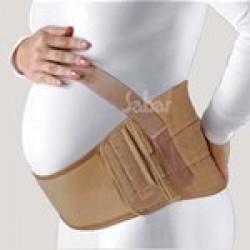

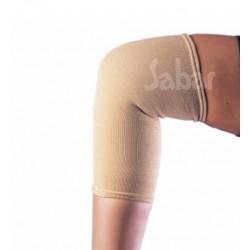


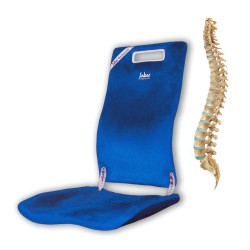


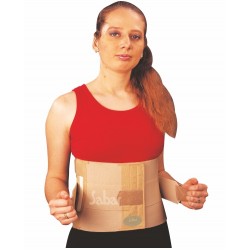


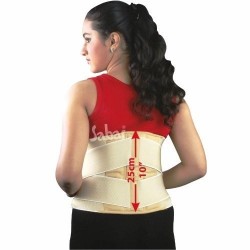
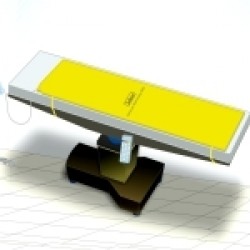

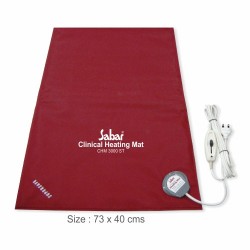
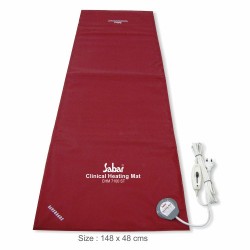

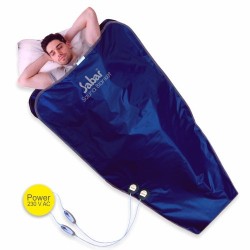
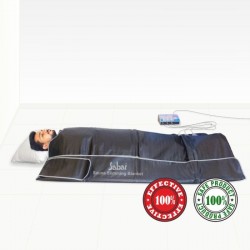



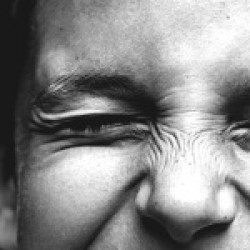

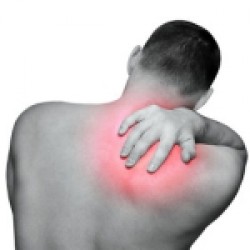
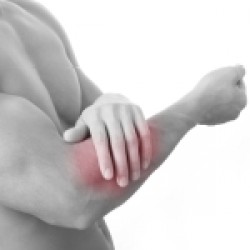
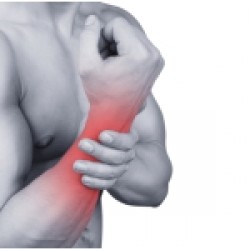
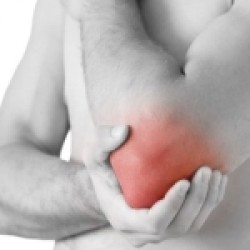
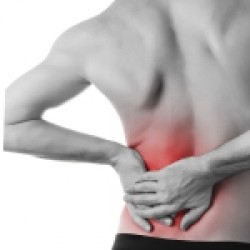
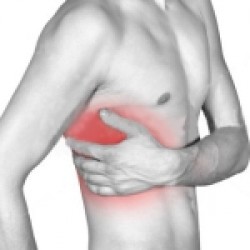
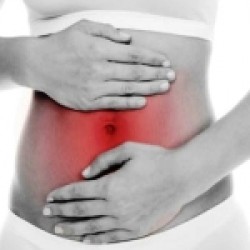
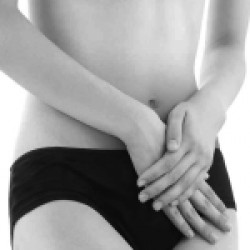
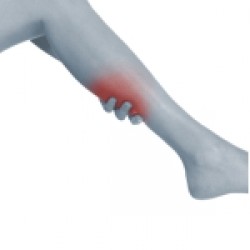
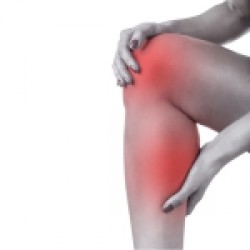
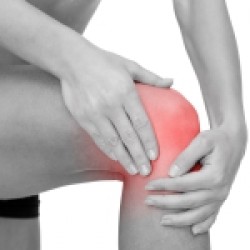
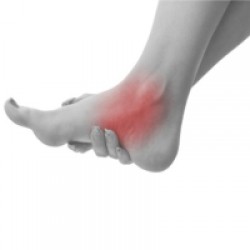









 7 Tips for a healthy back -
7 Tips for a healthy back -